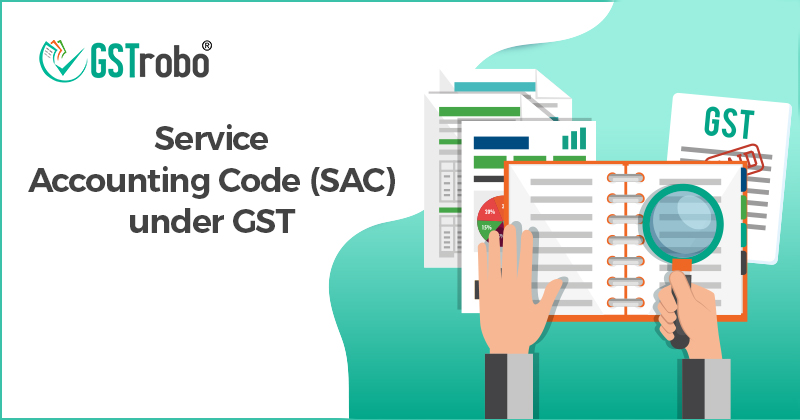Service Accounting Code (SAC) under GST
Since the implementation of GST regulations in India in 2017, more than a billion taxpayers have had issues about filing refunds or registering for the system. To organize varied services and goods into broad categories or groups, the HSN and SAC code systems were introduced under GST.

- Meaning of Service Accounting Code (SAC) under GST
- How Service Accounting Code (SAC) Works under GST?
- What Role Do SAC Have in Business?
- What Is the Difference Between an HSN Code and A SAC?
- Is It Important to Include the SAC Code?
- How to Know GST rates using Service Accounting Code (SAC) under GST?
Meaning of Service Accounting Code (SAC) under GST
SAC is an abbreviated form of the Service Accounting Code. All services falling under GST, and which are rendered in India are subject to the GST SAC code. The HSN Code is used for goods, while the SAC code is used for services. The government’s SAC System categorizes services that are subject to GST. The GST rates for services under the SAC code are divided into five slabs: 0, 5, 12, 18, or 28%. A default rate of 18 percent applies to services that are not included in the list or for which the HSN/SAC code is missing. It is possible that these GST rates will vary in the future.
How Service Accounting Code (SAC) Works under GST?
Let us understand the working of SAC using an example: The SAC for catering services offered on aircraft, railways, and other modes of transportation is 996335.
(i) For all services, the first two digits in SAC are the same, i.e., 99.
(ii) The next two digits represent the nature of services (63), which in this case is catering services.
(iii) The following two digits indicate the type or details of service (65), such as catering services given on aircraft, trains, and other modes of transportation.
What Role Do SAC Have in Business?
The following are some of the reasons why SAC codes are crucial to business:
(i) SAC codes assist businesses and clients in identifying the GST rates that apply to their specific service.
(ii) At the time of GST registration and GST invoicing, the SAC code must be mentioned.
(iii) These codes aid in the recognition and differentiation of services among the vast array of options.
What Is the Difference Between an HSN Code and A SAC?
The main distinction between the HSN and SAC codes is that the former is used to identify goods, while the latter is used to identify services.
Another difference is the number of digits in the code; for example, HSN Code has 8-digit codes, whereas SAC has 2/4/6-digit codes.
Is It Important to Include the SAC Code?
When it comes to filing GST returns, e-way bills, and e-invoice, the service providers must use SAC codes.
The conditions for providing the SAC code in the GSTR filing are as follows:
(i) If the organization’s turnover is less than INR 5 crores, the SAC code is not required.
(ii) For businesses with a turnover of more than INR 5 crores, the SAC code is required.
How to Know GST rates using Service Accounting Code (SAC) under GST?
The numerous services are categorized using the SAC. Using these SAC, you can easily find out the GST rates. As a result, understanding the SAC codes is critical.
So, to know the GST rates using service accounting codes you can visit this page.
